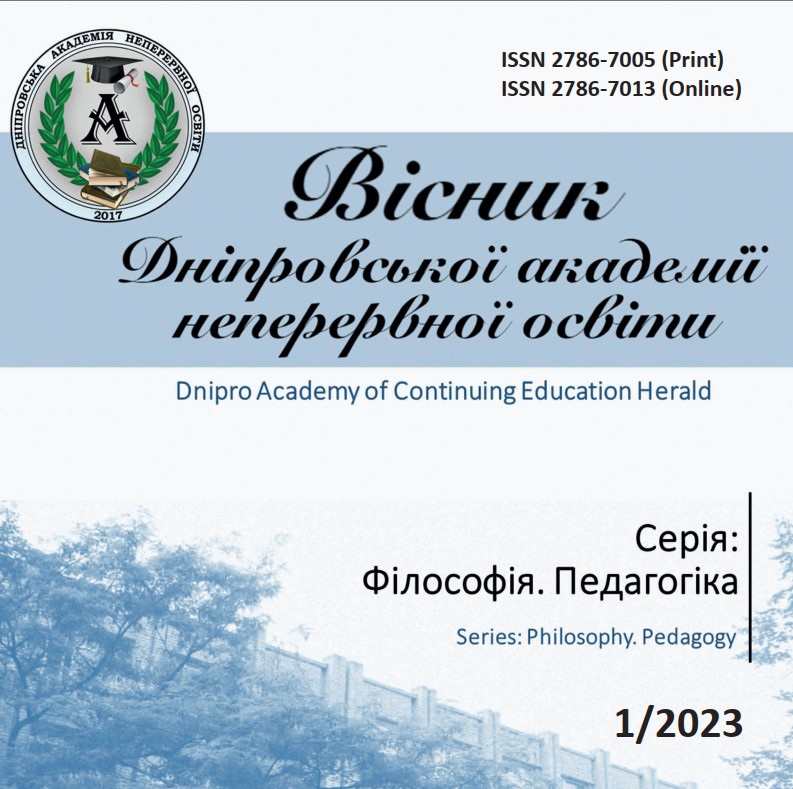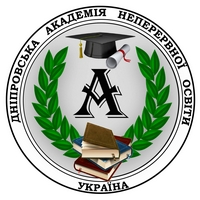CREATIVITY OF A PRESCHOOLER. THEORETICAL AND METHODOLOGICAL RESEARCH
Abstract
The article examines the problem of creativity, defining the essence of the concept of creativity, the relationship between intelligence and creativity, and the development of creativity from preschool age. In today’s world, the problem of creative personality development is quite relevant. In the life of every person there are difficult, contradictory situations when it is necessary to find the right solutions. For this, first of all, you need to be able to think outside the box, notice the smallest details, logically develop different options for action, be self-confident and free from stereotypes. The mentioned features are the main characteristics of a creative person. Children with creative thinking participate in solving complex problems, have the ability to grasp complex ideas, notice subtle differences, are sensitive to contradictions and show the ability to evaluate both the process itself and the result, predict consequences, reason, hypothesize, apply ideas in practice, capable of transformations of critical thinking, they are characterized by great curiosity, they use alternative ways of finding information. Children with divergent thinking are able to express original ideas, invent something new, they have a rich imagination, developed intuition. The concept of creativity became the object of detailed research starting from the mid-60s of the last century when the American Psychologist J. Gilford proposed a cubic model of the structure of intelligence revealing the existence of two fundamentally different types of thought operations: convergence and divergence. Convergent thinking (convergence) is implemented when it is necessary to find only one correct solution from a set of conditions, divergent thinking (divergence) is a type of thinking that takes place in different directions and allows for variations in ways of solving the problem. According to J. Gilford, divergent thinking is the basis of creativity. The development of creativity as the ability to create becomes so important because it is the basic quality of the personality, its core, central characteristic. The basic preschool development program «Ya u Sviti» («I am in the World») for the first time in the educational space of Ukraine recognized creativity as one of the priority lines of preschool child development. The development of creative abilities in preschoolers is an important goal of the educational process. Both the activity and its result should be creative, as well as education and training of older preschoolers.
References
2. Ладивір С. Внутрішній світ дитини як проекція життєдіяльності. Дошкільне виховання. 2006. № 5. С. 4–7.
3. Михайлова Л. М., Шульга Л. М. Технологія розвитку творчих здібностей дошкільного віку. Молодий вчений. 2017. № 10 (50). С. 483‒486.
4. Про затвердження Базового компонента дошкільної освіти (Державного стандарту дошкільної освіти) нова редакція: наказ Міністерства освіти і науки України від 12.01.2021 № 33. URL: https://mon.gov.ua/storage/app/media/rizne/2021/12.01/Pro_novu_redaktsiyu%20Bazovoho%20komponenta%20doshkilnoyi%20osvity.pdf (дата звернення: 30.05.2023).
5. Чепур О. Розвиток творчих здібностей у дітей дошкільного віку. Психолог дошкілля. 2016. № 2. С. 10–16.
6. Чепур О. Умови творчого розвитку дітей дошкільного віку. Психолог дошкілля. 2016. № 2. С. 32–33.

 ISSN
ISSN  ISSN
ISSN 

